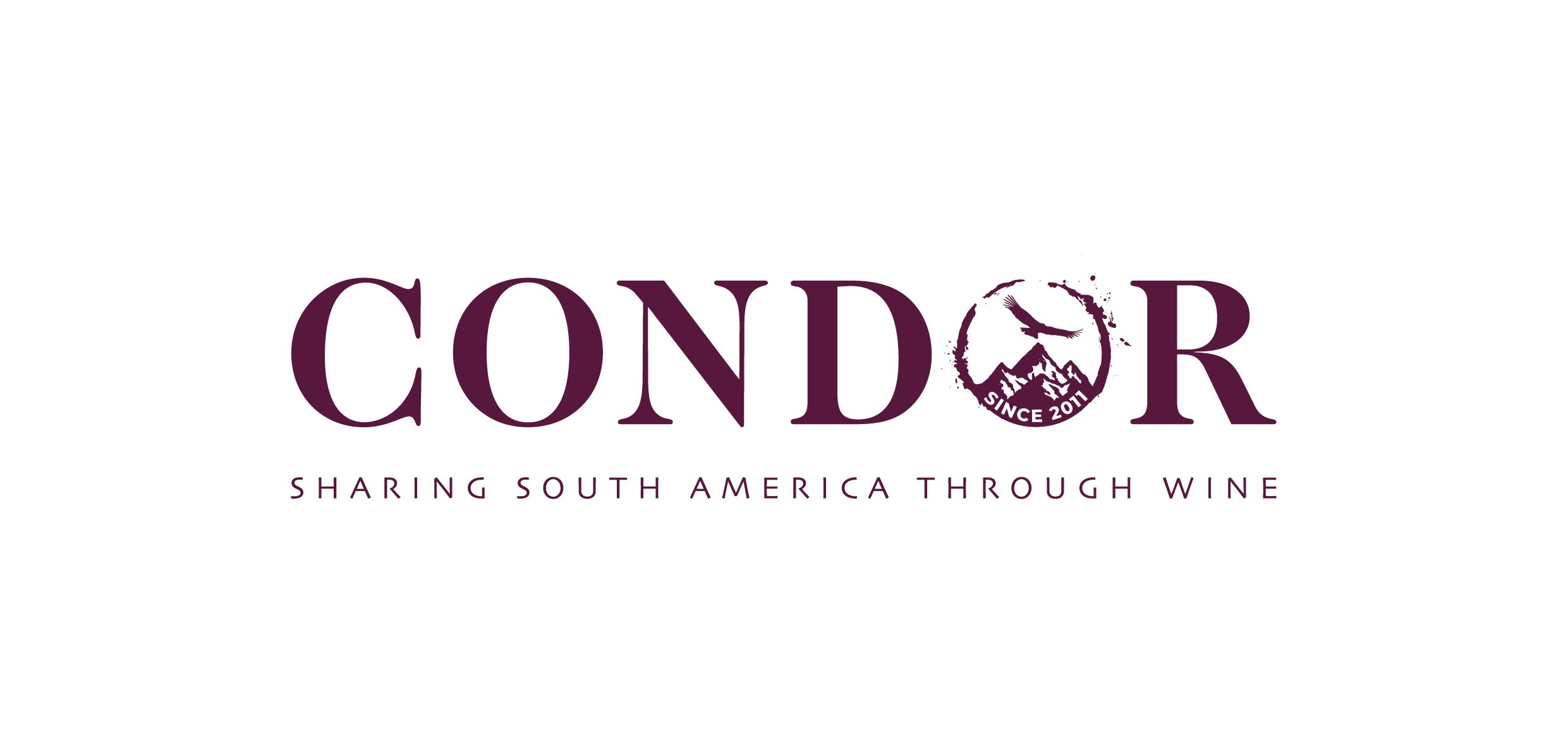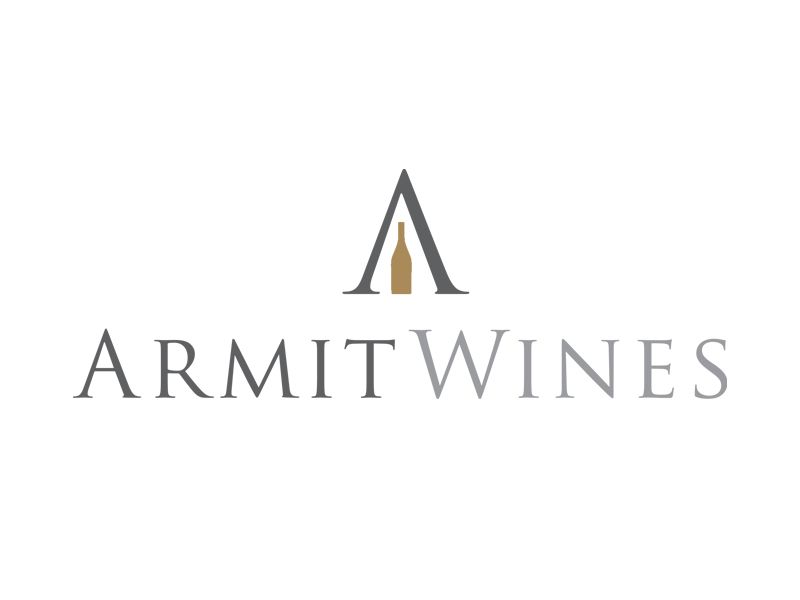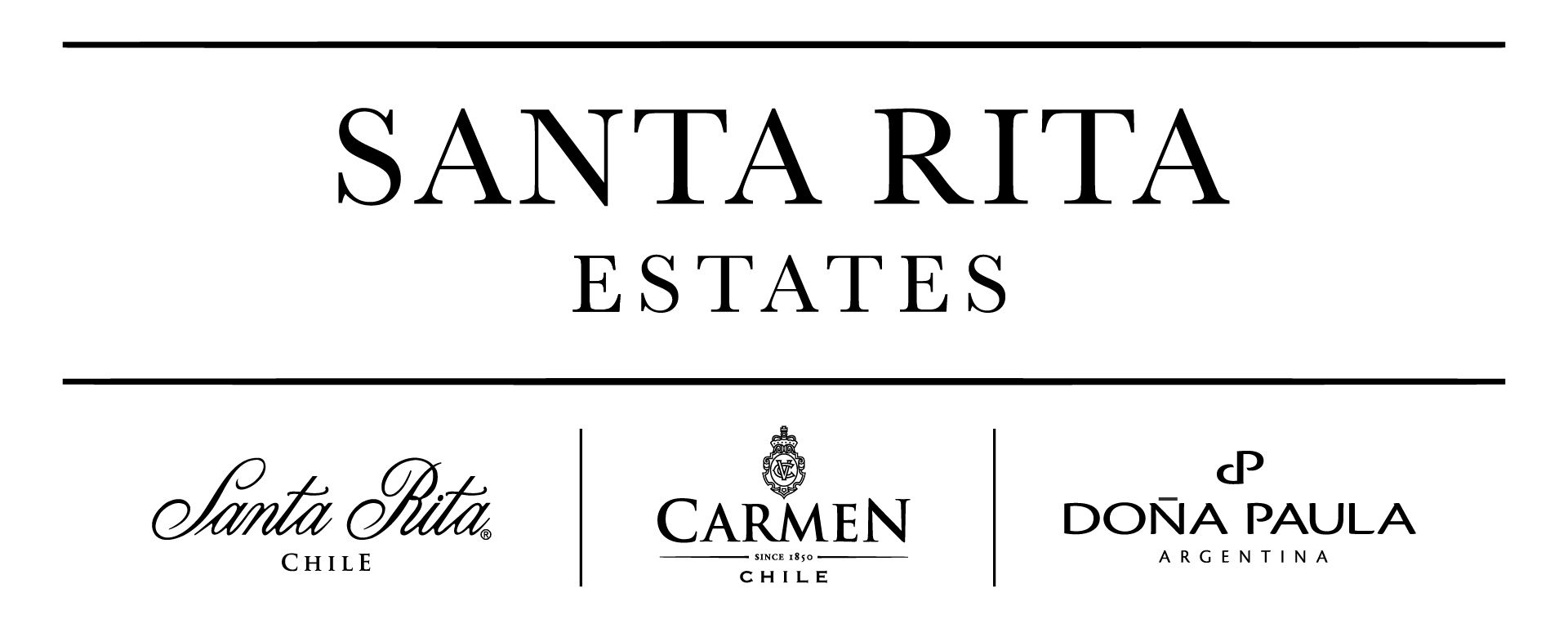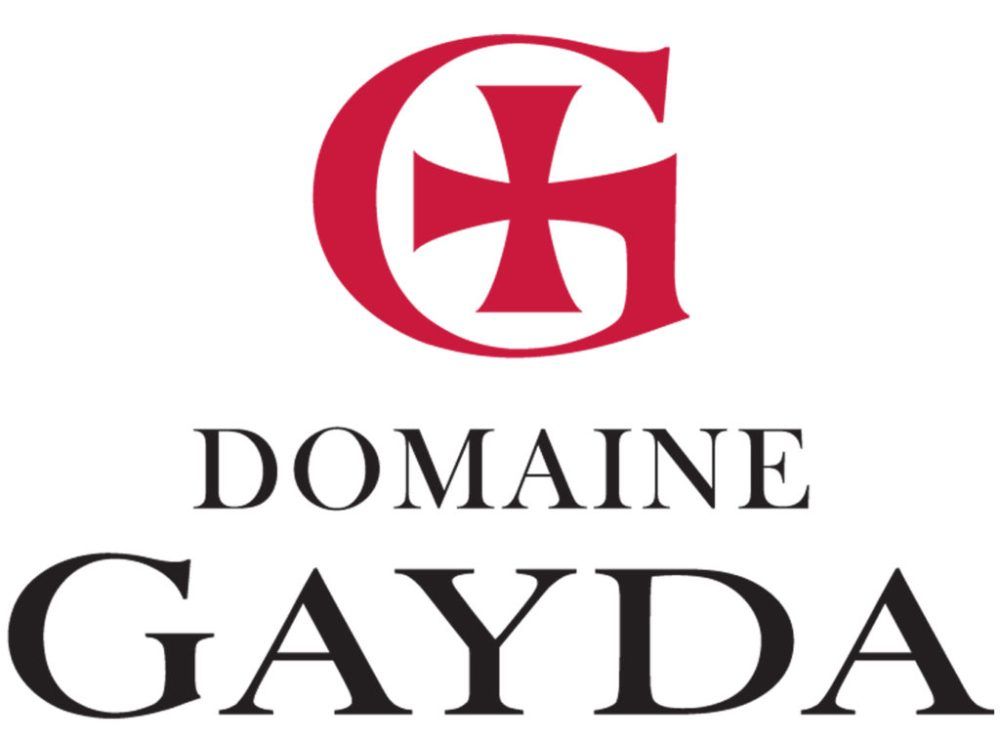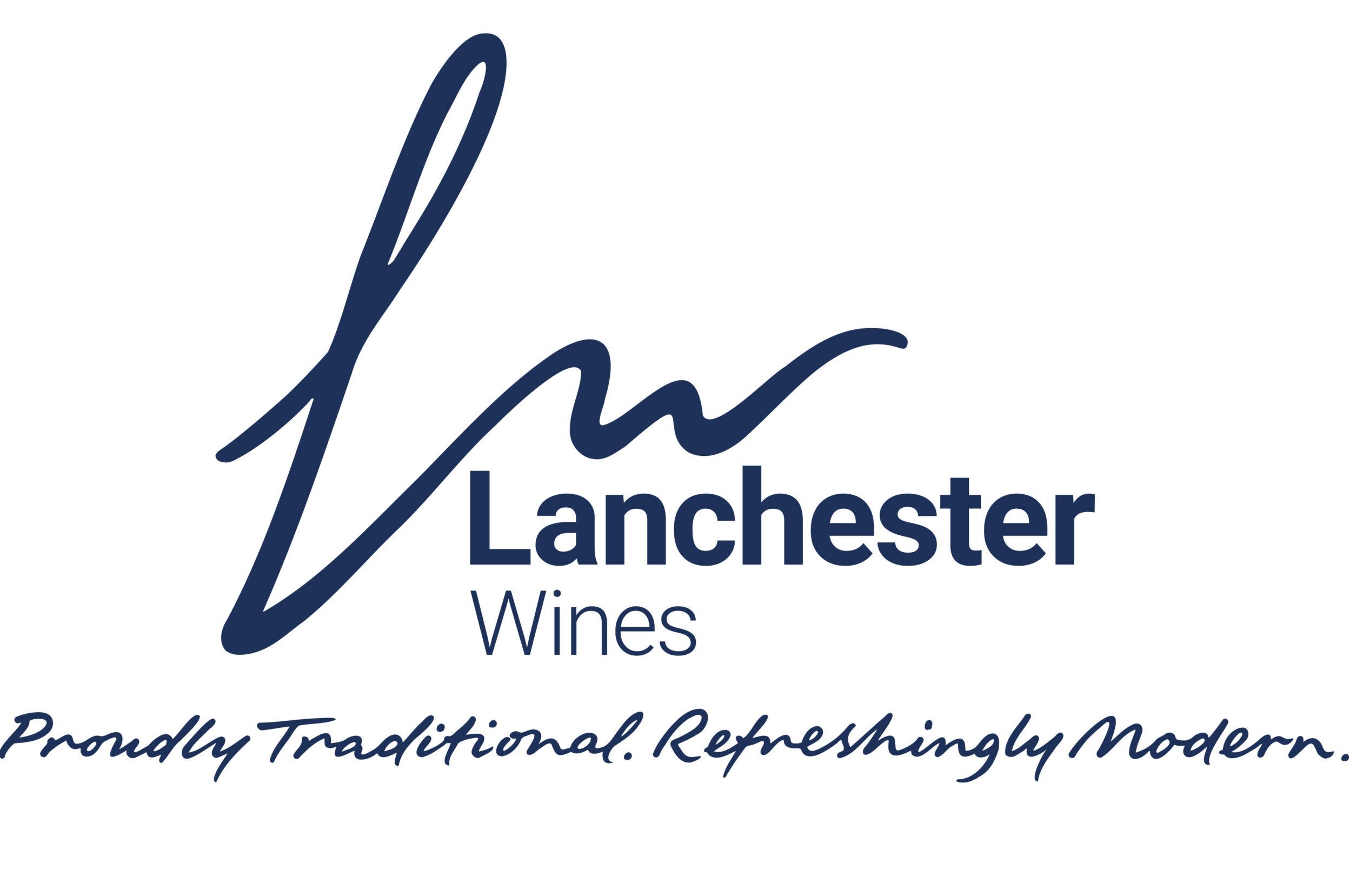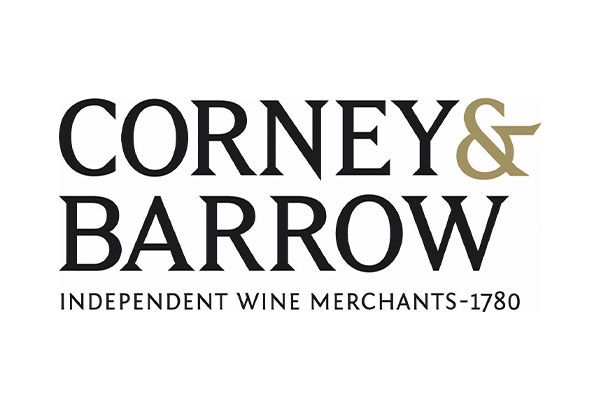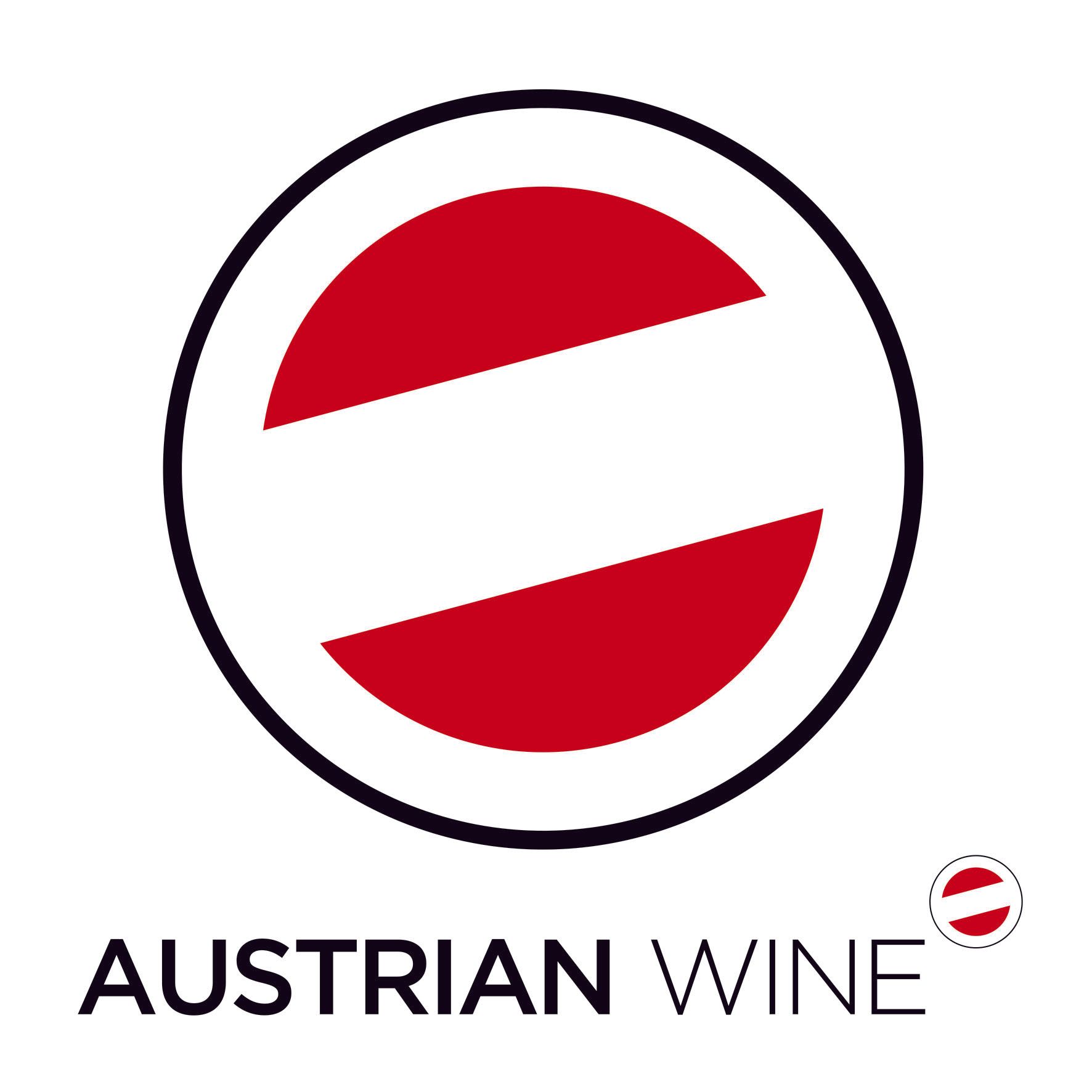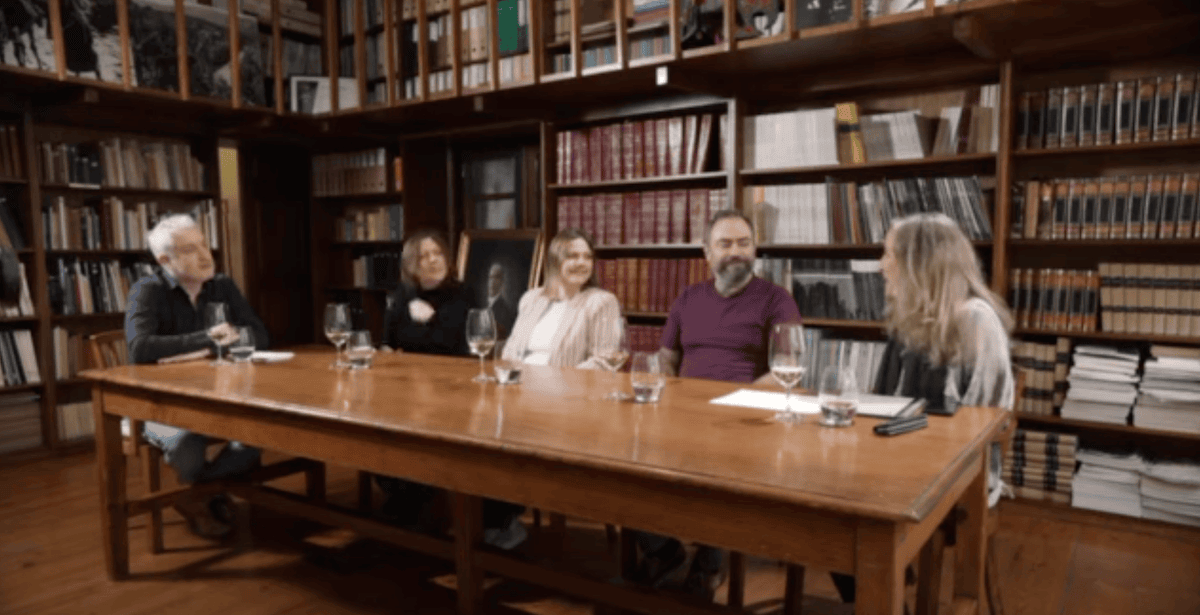Tasting every vintage of Sebastián Zuccardi’s masterful Canal Uco during a 10-vintage vertical was like standing in front of one of Michelangelo’s unfinished sculptures at the Accademia Gallery in Florence.
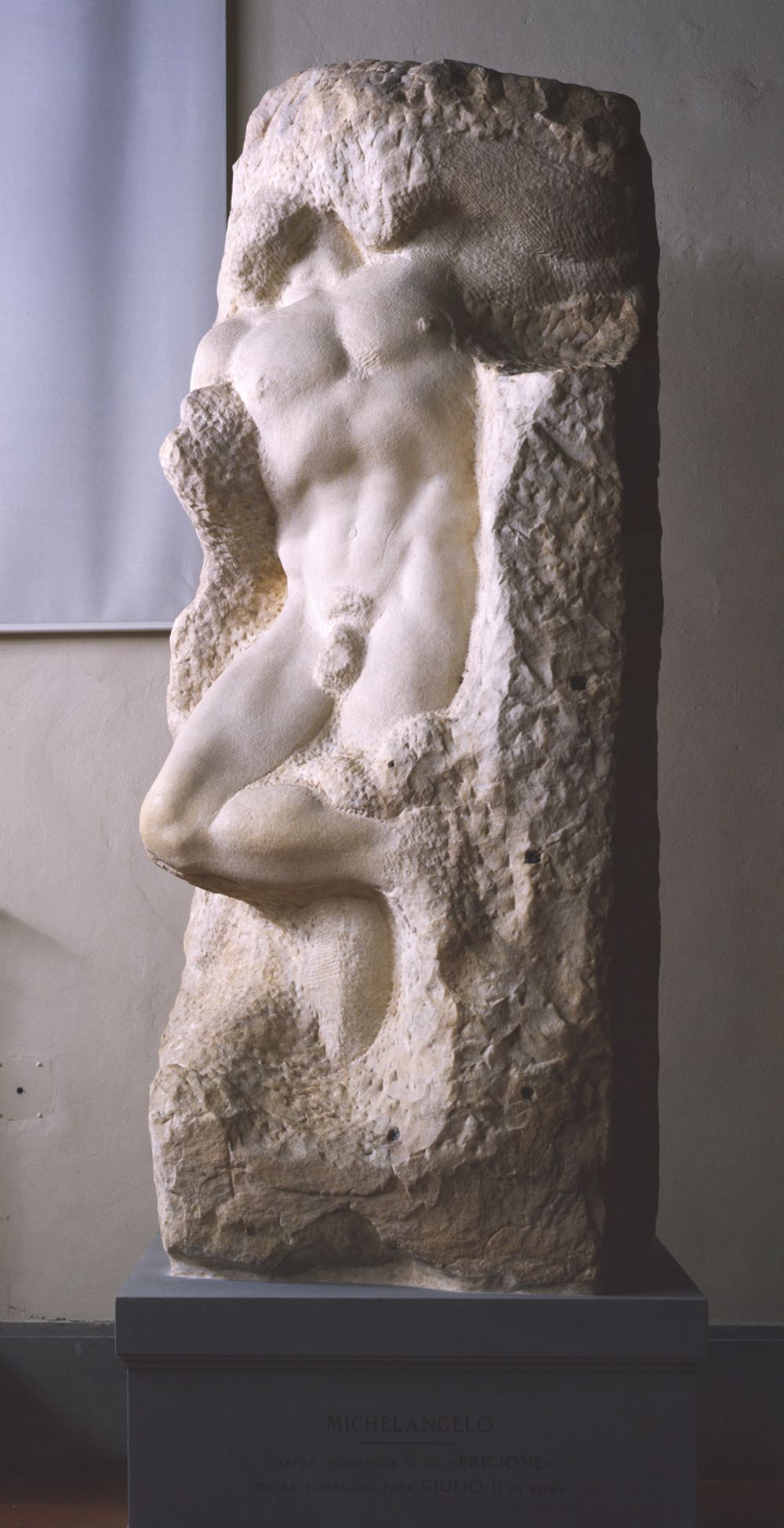
The Awakening Slave by Michelangelo
Preferable in my mind to his finished works, the Awakening Slave and the Bearded Slave, have a raw emotional power because they provide an insight into Michelangelo's creative process – it is as if the sculptures already existed within the marble and the sculptor is simply uncovering them, revealing their true form to us.
Canal Uco is similarly hewn out of rock – the stones of the Andes – and, during a two-hour masterclass, with the help of 10 vintages, from the first vintage of 2012 to the latest 2022, Zuccardi demonstrates the evolution of his vision – to craft 'as pure an expression of place' as is possible through the medium of Malbec.
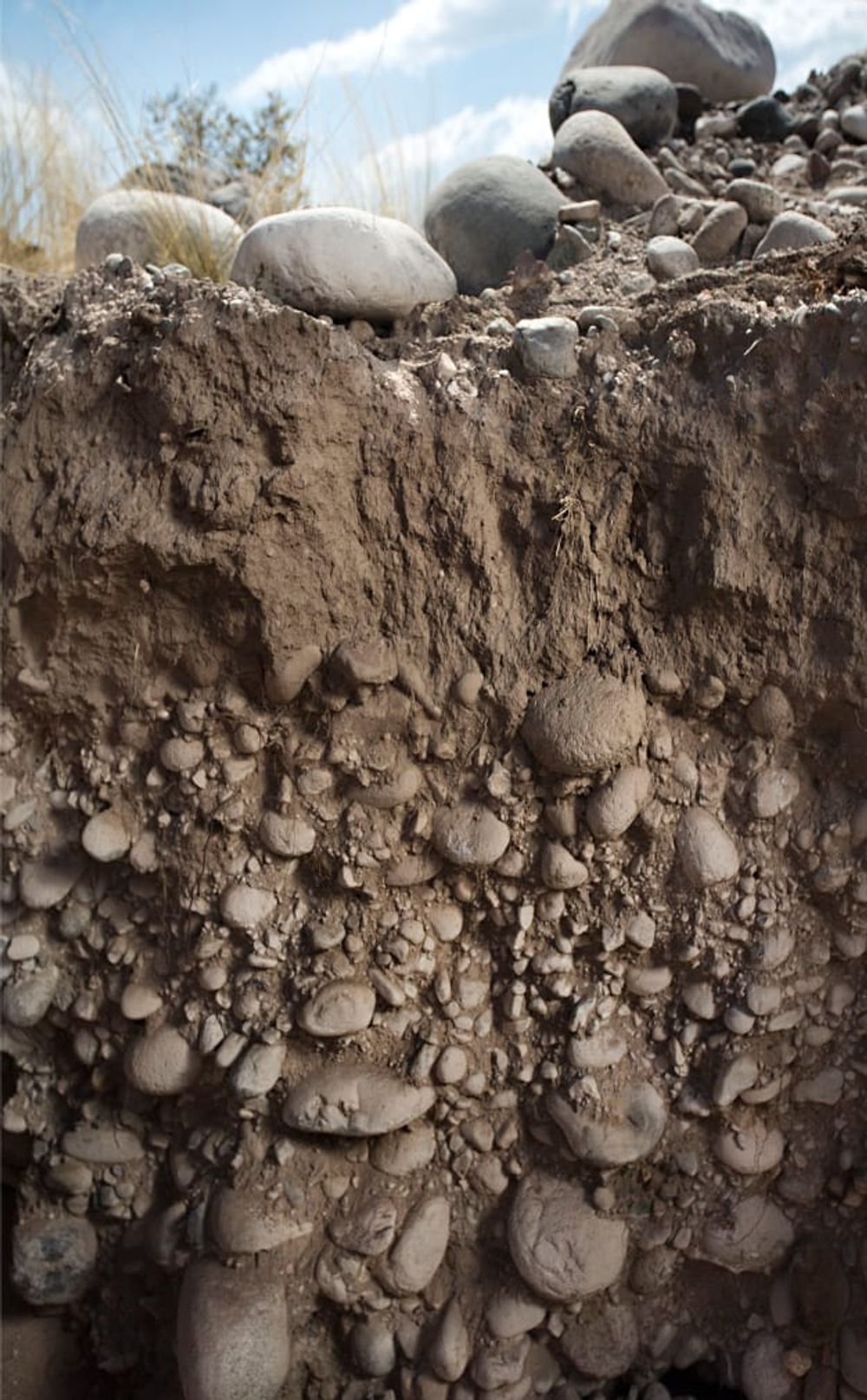
Finca Canal Uco, Paraje Altamira, San Carlos
Zuccardi calls their wines ‘mountain wines’ because they are made in the mountains and made from the mountains.
“When we understood this it changed our lives,” Sebastián says pointing at a series of soil-mapping diagrams that helps to explain the complexity of the soils in the Uco Valley which are largely alluvial stones carried out of the Andes by any one of 44 alluvial fans, over any number of millennia that it took to create them.
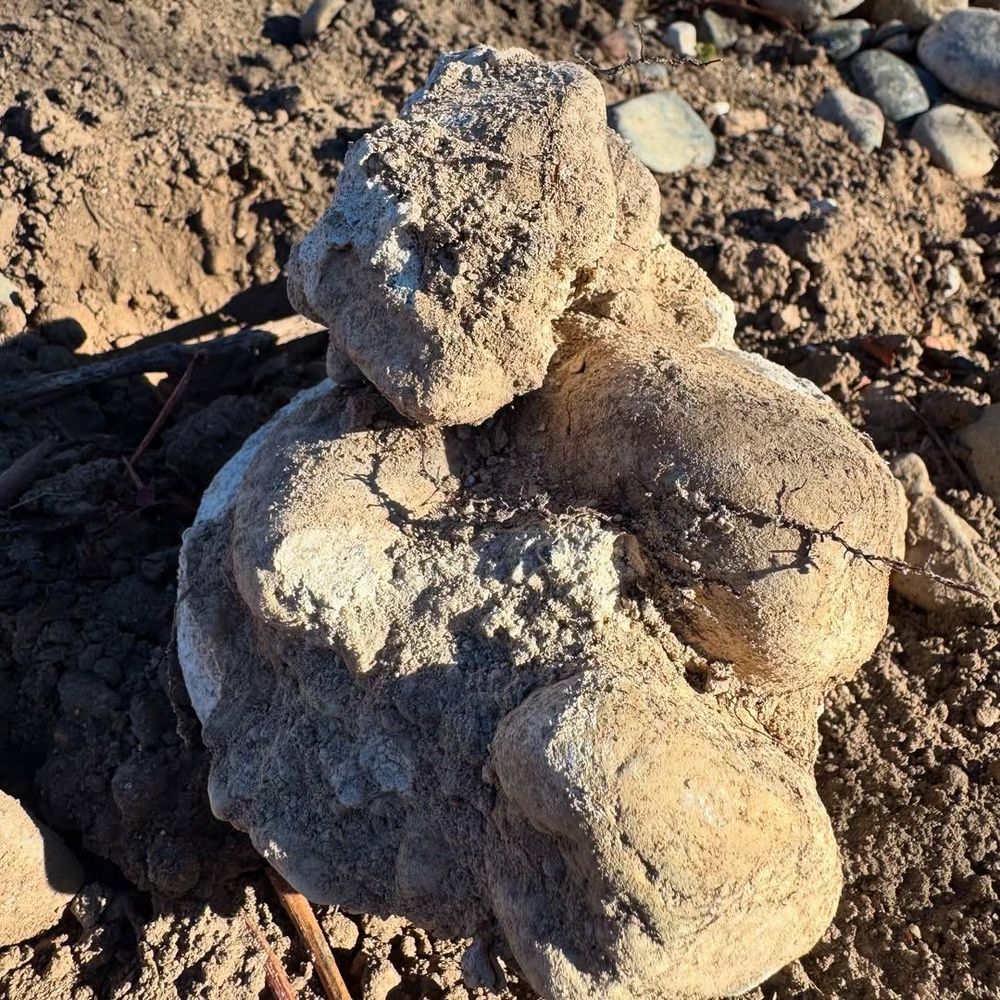
The size of the stones, the depth of the soil, how much calcare is present, these can all alter the fruit-picking time within a vineyard block by as much as two weeks. It explains why, for his latest project, planting Chardonnay in the high altitude Finca Las Cerrilladas in a more Northern part of the Uco Valley, he spent three years studying the geology of the site before then planting vines by parcel (as oppose to block) – the vineyards resembling giant jigsaw pieces rather than symmetrical squares.
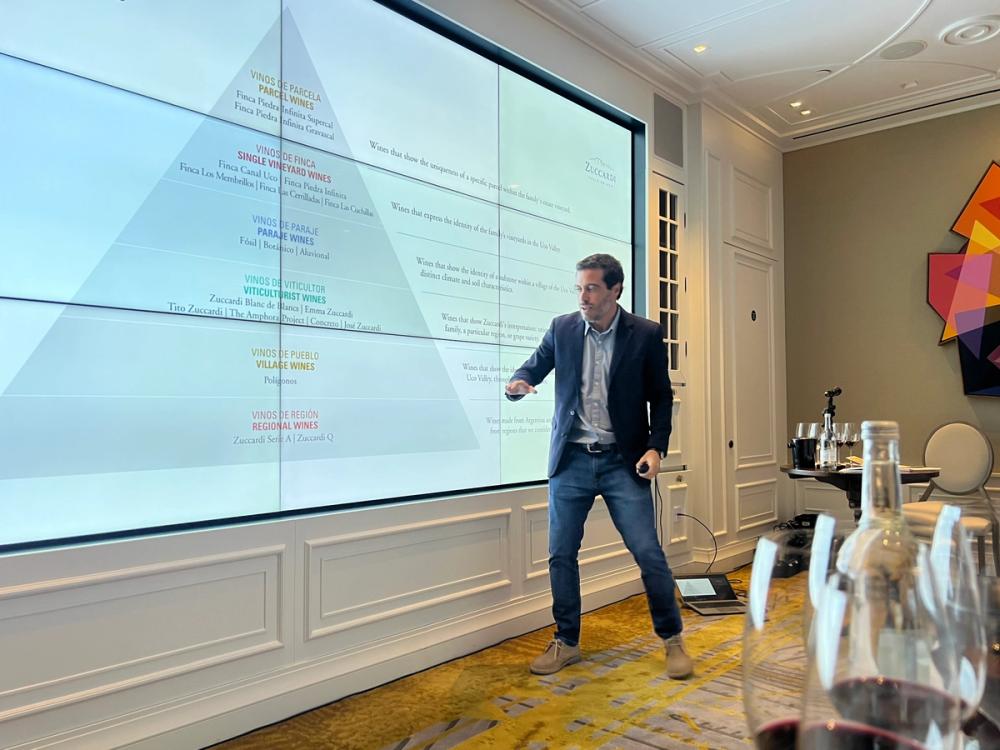
Sebastián Zuccardi in full swing, London, June 23, 2025
When Zuccardi started the Canal Uco project, planting the vines (by block) in 2007, the approach was more conventional – the wine was aged in 100% new 225-litre oak barrels with concentration and sweetness the goal. Tasted today the Canal Uco 2012 is very much like a ‘me too’ Mendoza Malbec. Close but no cigar. The Canal Uco 2022, on the other hand, is brimming with life, it has a freshness, an electric charge, a transparent purity and stony minerality that finishes with powder dry, powerful, chalky tannins and a mouth-coating salinity.
What happened in the decade between those two wines was the focus of last night's tasting in London's Great Scotland Yard Hotel.
What was really remarkable was the breathtaking speed with which Sebastián changed his approach to making the wine, something that was only possible, his father José Alberto Zuccardi explains, because they are a family-run estate of a certain size – their wines can be driven by a philosophy rather than by finance.
All these winemaking changes were necessary because Zuccardi, the zealot that he is, had a clear vision of the wine he wanted to make – the shape of which lay ‘hidden within the rock’.

"A risky approach" - José Alberto Zuccardi
For Canal Uco 2013, only the wine’s second vintage mind, Sebastián did away completely with the 225-litre barrels and changed to 500-litre and only used 25% new oak – the greater purity and elegance in this wine was plain to all of us tasting in the room. As for Canal Uco 2014 he decided not to bottle the wine – a brave financial decision given that this was the first vintage to go through the new winery that was built a year earlier.
In the Canal Uco 2015, Zuccardi had eschewed the use of new oak altogether, 40% to 60% of the wine was now aged in concrete with no epoxy, and 30% whole bunch was added for tannic structure; maceration time which had been 50 days in 2012 was now reduced to 12-15 days. The estate also removed the word Malbec from the front label to emphasise that this was a terroir-driven wine, a wine of place – Canal Uco.

New look for Canal Uco
“It was a risky movement,” says José Alberto Zuccardi "but we are not commercial people – we wanted to keep our own style, the idea was to innovate.”
Where the 2015 had wonderful clarity, the Canal Uco 2016 was darker and more concentrated – still with a lively fresh core and elegant, fine-boned tannins, by now Zuccardi had upped the percentage of whole bunch to 30-60% and in the Canal Uco 2017 discarded oak altogether, the wine now totally fermented and aged in concrete.
With this vintage, my favourite of the tasting, you can see the wine he set out to make start to take shape. With no oak, the wine’s dry-stone texture is better expressed, there’s a summer pudding creaminess on the nose which comes entirely from the fruit and the core is lively, fresh and energetic.
So five wines, all very different with a clear direction in which they are headed. The second vertical we taste from 2018 to 2022 are wines that 'all talk the same language'. 60-80% whole bunch is now used.
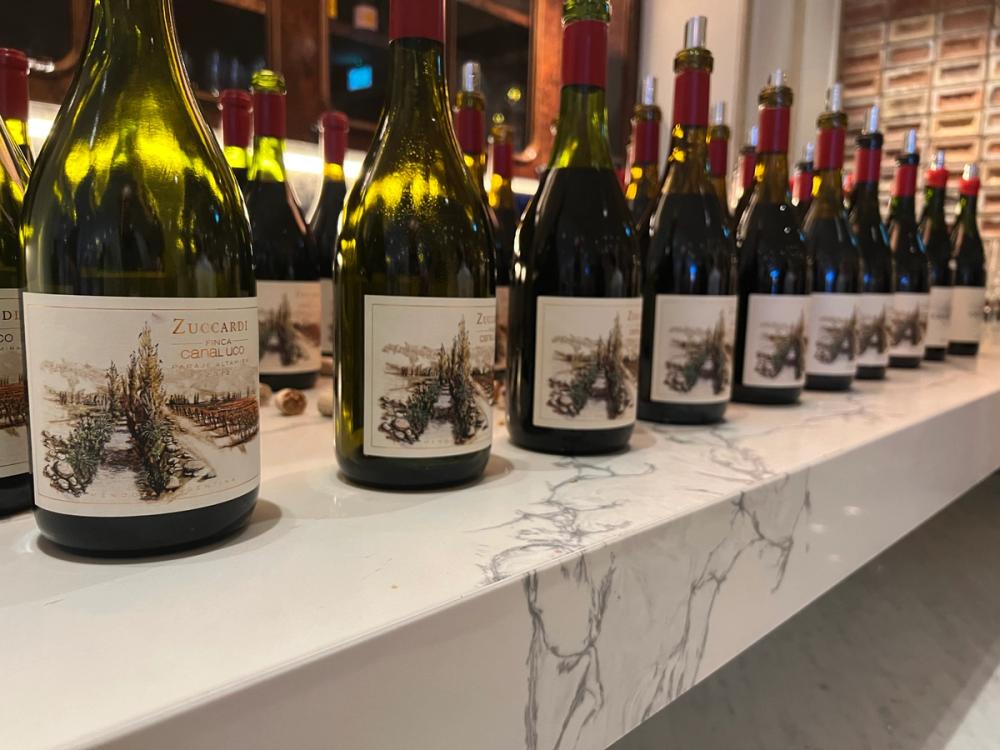
Celebrating 10 vintages of Finca Canal Uco
The common thread to these five wines is more evident than in the previous wines as the terroir is expressed in a more transparent fashion. The wines are all medium to full bodied, fleshy dark fruit, with earth, graphite and notes of dried Andean herbs that start to appear in the wines from the 2018 vintage – the influence of the acres of natural vegetation that surround the vines more apparent the less encumbered the wines are with technique.
The more recent wines have unequivocal power, chalky tannins that have heft but balance, stony texture, they become increasingly drier, more saline, with more electricity and palpable tension.
As a collection they come across as low intervention wines which in effect they are, but with all the intervention being front-loaded from scientific soil analysis through to building a new winery from scratch, with the same materials that the vines grow in and the juice will ferment in.
Three of Sebastián's four years at Mendoza university were spent as an agriculturist, with one year as a viticulturist (in fact all of the company’s viticulturists are trained agricultural engineers) so Zuccardi is massively hands-on as a winemaker but that time being spent in the vineyard rather than the winery – interpretating the essence of each terroir so that it expresses its identity in the wine.
“Sebastian spends more time in his pits with the rocks than above ground,” José Alberto smiles.
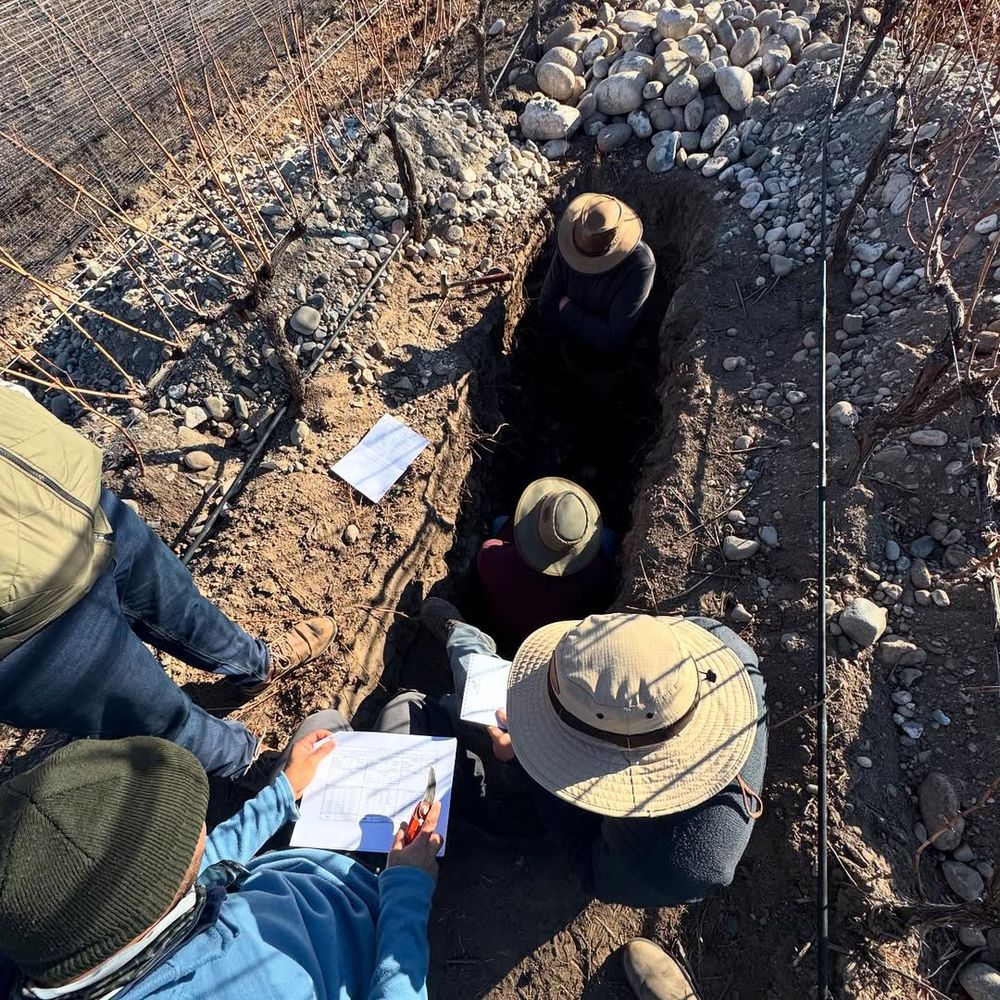
A new Zuccardi white in El Camino de las Flores 2024
Sebastián believes that the greatest revolution in Argentine winemaking is with white wine. Where Semillon used to be the most planted white variety, “in the last 15 years we have understood that mountains can make great whites – in the highest plots – and the best grape to express highest altitude is Chardonnay.”
A plot 1400m up in Monasterio, Gualtallary was identified and, after three years of study, planted out by parcel rather than by block. 30% of the vineyard is natural vegetation. Zuccardi has now made a new white El Camino de las Flores 2024 from the vines that are closest to this vegetation and grown on pink calcaire.
The fruit is direct pressed with no protection, racked and fermented cloudy at a higher temperature (24°C), then the malo blocked so as to keep the natural acidity.
“Then we try and age the wine with all lees, with no batonage and no racking for one year,” Sebastián explains, “if lees is not good then we can clean… each year we can take different decisions.”
Sebastián says that they have learned a great deal from their other premium Chardonnay Fosil with El Camino de las Flores less broad on the palate (although Fosil has pretty well-chiselled features, it has to be said). The new wine was simply lovely – pretty without being twee, with floral notes of lavender and acacia flower; on the palate the wine is crisp, beautifully poised citrus fruit – clean, chiselled and incisive.
With only 2,000 bottles made and no release price, given that Sebastián and José Alberto’s next stop was Bordeaux to show this presentation I’d warrant that, like Canal Uco, El Camino de las Flores will only be made available through La Place.

The wines of Zuccardi are imported and sold in the UK through Hatch Mansfield which is a commercial partner of The Buyer. To discover more about them click here.


